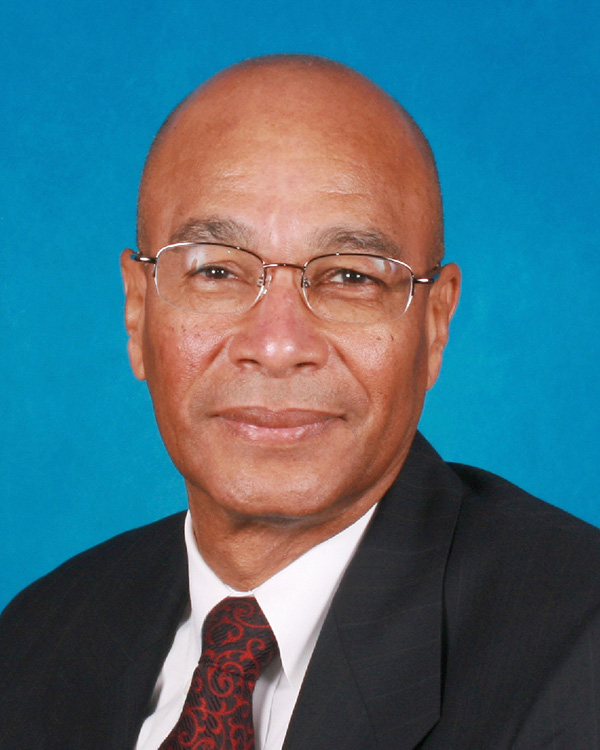"Being selected as an Outstanding Aerospace Engineer is especially gratifying because some of my most significant accomplishments have been either under-reported or miscredited. However, I don’t view this to be an endpoint award, but rather an incentive to keep up the good work.”
Tom helped make widespread fiber optic communications possible. Beginning his career at AT&T Bell Labs, working on the Safeguard antiballistic missile program, he developed the equations that defined how to design and manufacture cables without breaking the optical fibers inside.
He also led the team that developed the ST Connector, lowering connector cost from $250 to $2.50, and led the team that invented the optical connector that transmitted firing signals to the Patriot missile during operation Desert Storm.
Since then, Tom has headed departments at Bell Labs, Sandia Labs, and the Naval Surface Warfare Center.
In 2000 Tom was named the Chief Marketing Officer of Santel Networks, a Silicon Valley startup, where he raised $28 million in venture capital funding in just eight months. From 2002 to 2015 he led groups within the Naval Surface Warfare Center that developed safer weapons. Tom’s innovations enabled the weapons that drove Osama Bin Laden out of his caves in Afghanistan. He also developed rigorous cost accounting software that saved his business unit $6 million annually.
Tom has 24 patents ranging from lowcost online transactions to a device that improves golfing drives. He has authored two books: “Survival Routines for Professionals: Moving Toward Corporate Success,” (Prentice Hall, 1988) and “Thinking Like an Innovator: From Idea to Income” (Amazon, 2003).
Tom’s community work includes coaching youth athletic teams in basketball, baseball and track & field. As an athlete, Tom has won three USA National Track and Field titles. He carried the Olympic Torch 56 miles in one week during the 1984 Olympic Torch Relay. In 1999 he was inducted into the USCAA Hall of Fame. He is married with four sons.

